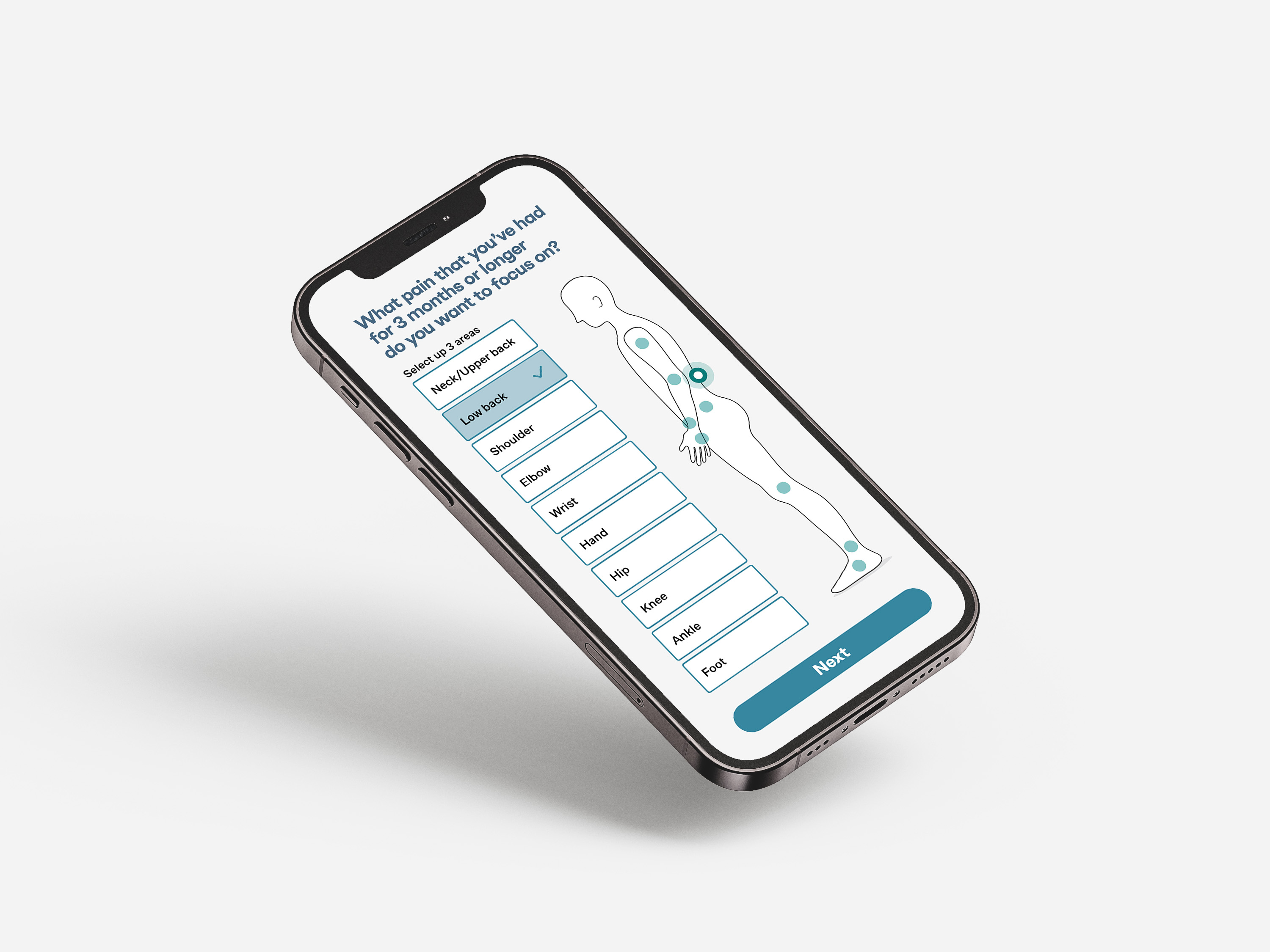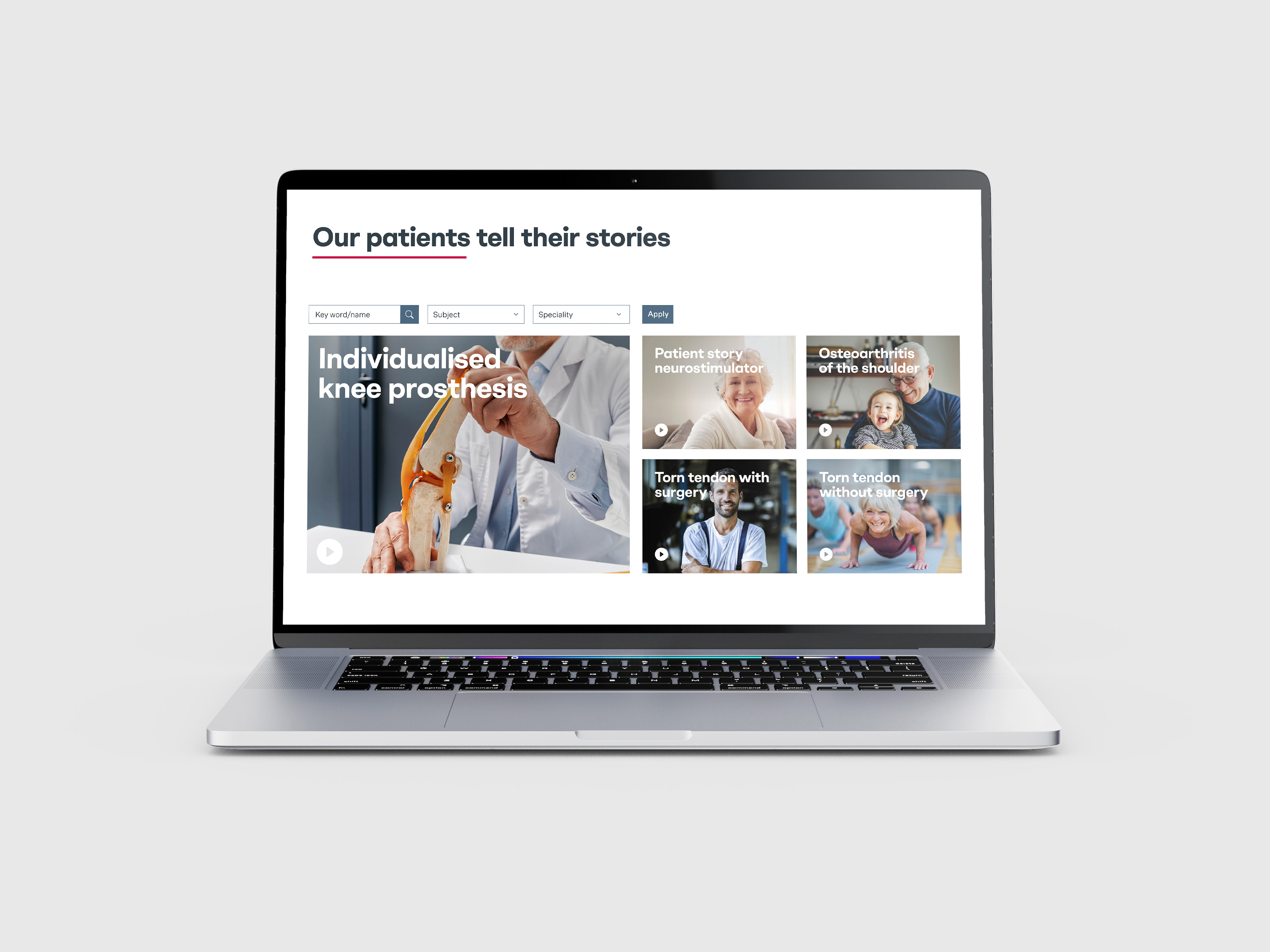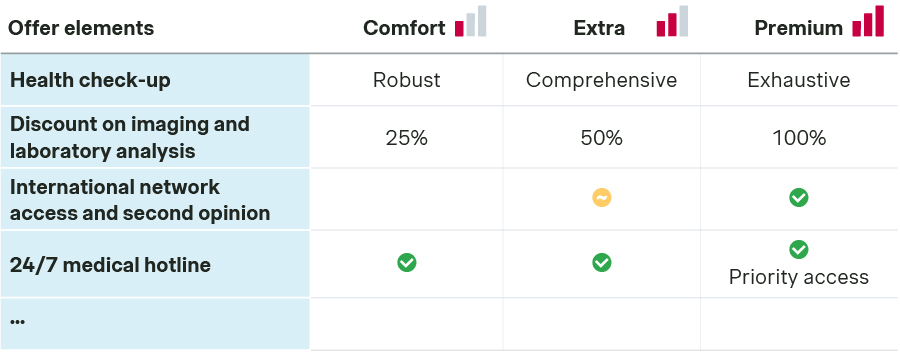Healthcare providers are going digital and capturing real commercial value. From tiered pricing models to subscription programs, digital engagement platforms open new avenues for growth. Learn how leading providers are using it to scale faster in our second edition of our 3-part blog series.
Over the last decade, healthcare providers have been adopting a digital-first model due to patient expectation and competitive pressure. Hospitals and clinics know that poor patient engagement is costly. But with the right digital tools, they have new monetization opportunities and are expanding revenue streams beyond traditional in-person services.
Digital patient engagement boosting new revenue opportunities
Leading healthcare provider businesses are already tapping into commercial opportunities created by digital patient engagement. Patients are moving from reactive to proactive and personalized health management. Digital platforms help providers meet these expectations, expand reach, and build patient loyalty.
Key revenue streams include:
- New patient acquisition: Today’s tech-savvy and health-conscious patients are drawn to convenient, digital-first services. Providers offering real-time health tracking and virtual consultations gain a competitive edge and access to a large patient pool.
- Monetizing digital services: Cross-selling digital health content and upselling premium subscription tiers to existing patients boost incremental revenue. Patients seeking proactive, personalized care are willing to pay more for digital health services they see as more valuable.
- Reimbursement opportunities: New services like telehealth and remote monitoring are covered by existing reimbursement pathways, such as fee-for-service or value-based model, from both private and public insurers. Or providers can also collaborate with insurers to create new funding pathways, like an exclusive private insurance offering.
- Strategic partnerships: Digital platforms facilitate data-driven partnerships for research and development. These partnerships with tech and wellness companies can aid market expansion and generate new revenue opportunities.
There are many emerging revenue streams outside traditional sources. But not every model is right for every provider. The key is to prioritize those that strictly align with your business goals. Develop a clear digital strategy tailored to your business. Start with a scalable initiative and build from there.
How can healthcare providers use digital engagement platforms to attract new patients?
The most successful providers are using digital platforms to forge more meaningful connections with patients. That means breaking down physical access barriers, delivering personalized outreach using digital insights, and building trust through genuine patient stories. These demonstrate that digital engagement - when done right – are instrumental in helping providers expand their reach, elevate their brand, and grow sustainably.
Overcoming geographical barriers through telemedicine
The quick rise of telemedicine consultations, accelerated by the COVID-19 pandemic, has made primary care more accessible and cost-effective. Patients benefit from easier access. Meanwhile, providers can reach new patients in underserved areas – without added infrastructure. A US-based virtual physical therapy provider that delivers musculoskeletal (MSK) care through a fully digital platform shows how effective this model can be. It combines virtual consultations, educational content, and sensor technology to reduce the need for in-person visits. As a result, patients reported better health outcomes and employees saw higher productivity. What works for this digital MSK care provider is the integration of remote monitoring tools and AI-driven insights. Wearables and health apps track vital signs and provide real-time health data and personalized recommendations. Using AI, providers can offer coordinated, data-driven care tailored to each patient’s history and risk profile, improving interventions and decision-making.

Exhibit 1: Digital platforms enable continuous, personalized care through remote monitoring and AI-driven insights.
Tailoring marketing approaches to digital insights
To build stronger relationships, healthcare providers must rethink the existing patient engagement strategies. Data-driven analytics enable personalized outreach, helping providers deliver targeted content and health recommendations to potential patients. A dental chain used this approach strategically to expand its patient reach. It started by refining its presence on Instagram and then optimizing for local search rankings. It also boosted its presence on Google Maps. As a result, the clinic significantly improved its online presence and brand reputation, gaining new patients.
Leveraging positive patient testimonials
A positive user experience often leads to great stories and is invaluable in attracting new patients. Digital tools make it easy to collect and share feedback through easy-to-use platforms, online forms, and automated surveys. Providers can highlight these stories to build trust and strengthen credibility. This feedback loop – where happy patients leave reviews which influence others - creates a cycle of trust, emotion, and reputation. A Swiss hospital has a section on its website featuring video testimonials. It’s especially powerful in fertility care, where personal success stories guide provider choice.

Exhibit 2: Patient stories captured and shared through digital platforms create a powerful feedback loop that builds trust, emotional connection, and provider reputation.
How can digital solutions create new revenue streams in healthcare?
Digital platforms are more than just operational tools; they are growth engines. They’re becoming increasingly central to how providers create entirely new revenue opportunities across the patient journey, from pre-admission to post-discharge.
Many healthcare providers are already capitalizing on digital healthcare platforms to enhance the patient experience and monetize digital healthcare. Let’s examine real-world case studies to understand how providers can create new revenue streams through three distinct strategies.
New digital services
With the right tools and services, hospitals can transform care into a seamless journey. Forward-thinking providers are engaging with patients before they even walk through the door and continue to provide care post-discharge by offering paid digital rehabilitation programs. AI-driven symptom checkers and virtual assessments, available as paid services, help patients determine whether they need medical care or a specific treatment.
This strategy is already delivering results for a top hospital chain in Asia. This provider launched a single digital platform that allows its patients to schedule appointments, access medical records, purchase medications, and order diagnostic tests from home. For chronic illness management, patients can continue treatment remotely through guided virtual rehab sessions. Remote patient monitoring tools monitor vital signs and alert care teams when necessary. This frictionless experience has significantly improved patient satisfaction and strengthened retention.
Most importantly, embedding new services into its digital ecosystem has enabled it to monetize offerings such as at-home diagnostic tests, medication delivery, and remote monitoring.
More personalized, tiered services
Patients today are increasingly willing to invest in digital health solutions that offer greater personalization and control. For providers, this also unlocks a powerful commercial opportunity.
Tailoring services to individual needs enables differentiated pricing and long-term value creation. When pricing reflects the actual cost and value of care, it strengthens patient trust and encourages repeat engagement. Patients can select the level of service they need while providers capture differences in willingness to pay.
Thoughtful bundling also boosts uptake. In a recent project, we created two patient-centric bundles for the same clinic. Package A offered bundles with add-ons while Package B offered individually priced services. By designing bundles tailored to patient needs, we enabled natural up- and cross-selling opportunities. As a result, patients choosing Package A purchased twice as many services - and the clinic doubled its average service sales per patient (8 vs 4).
In the case of a private hospital group in Europe, patients were able to find value in both basic and premium packages. This healthcare provider launched tiered membership plans with fixed monthly fees, offering flexible care options. Its entry-level membership prioritizes convenience, offering basic check-up, discounted imaging and lab tests, and access to 24/7 medical hotline. Meanwhile, its exclusive services include exhaustive access to all these services, along with excellent ongoing support from experts.

Exhibit 3: Tiered membership models enable providers to meet diverse patient needs while generating predictable, recurring revenue.
New price models
Subscription-based pricing models are also great for recurring revenue. That same Asian hospital chain also introduced two types of subscription programs to generate recurring revenue. One offers virtual check-ins and health coaching for patients with chronic conditions like diabetes or hypertension. The other provides exclusive access to digital educational resources, expert webinars on post-discharge lifestyle management, and other premium content. Members get priority access to the best doctors, loyalty discounts, etc., while the provider benefits from a recurring revenue model.
How can healthcare providers use digital platforms to create commercial partnerships?
Well-designed platforms can also lead to strong commercial partnerships that elevate the patient experience and diversify revenue. Leading healthcare providers are already exploring thoughtful ways to meet patient needs while integrating external services into their digital ecosystems.
Here are four strategic areas to consider:
- In-stay bundled services, including premium dining and wellness options or complementary on-demand entertainment, can personalize patient experience, and encourage them to try add-on services.
- Curated digital marketplaces offering third-party wellness services can help providers generate additional revenue through service fees and commissions, ultimately positioning them as holistic healthcare hubs offering services beyond traditional clinical care.
- Selective brand sponsorships, such as featuring relevant brands on health apps or recommending trusted healthcare products, also show monetization potential, but only when aligned with patient trust and clinical relevance.
- Loyalty program partnerships can drive repeat engagement and boost patient retention by offering point-based rewards or exclusive perks like fitness memberships.
While these models offer strong growth potential, their success depends on finding the right options that best serve both business and patient needs.
Helping you turn digital engagement into tangible growth
Digital solutions now sit at the heart of quality healthcare service and commercial growth. How can healthcare providers get started?
More than just tools for interaction, these platforms are levers for growth as they help attract new patients, generate additional revenue streams, facilitate upselling, strengthen partnerships, and drive value creation.
Healthcare providers must take a structured approach to realize its full potential and we can help you achieve this. At Simon-Kucher, we help leading healthcare businesses move from ambition to execution. This includes identifying and prioritizing new revenue streams enabled by digital engagement, designing tiered service packages that patients will actually choose, and developing practical, value-based pricing and monetization models. We also support vendor selection and implementation of the right digital tools for your business to accelerate impact.
With a clear roadmap and commercial strategy, your digital patient engagement solution will ensure long-term growth.
In the final installment, we will explore how digital patient engagement platforms play a critical role in improving patient retention.






